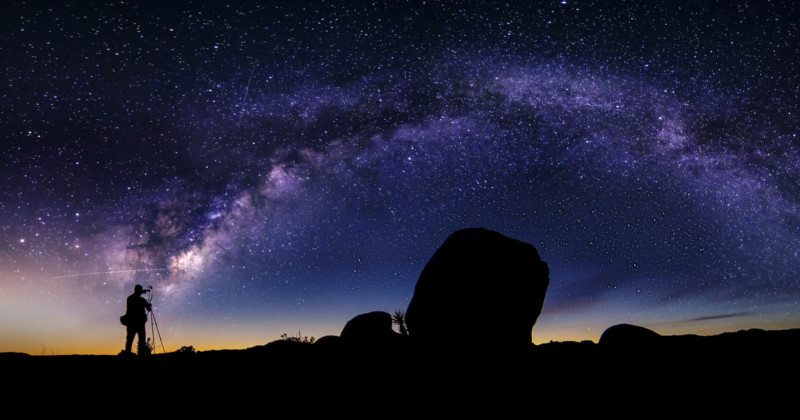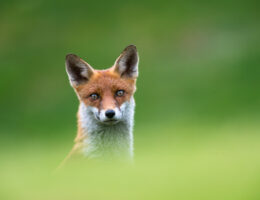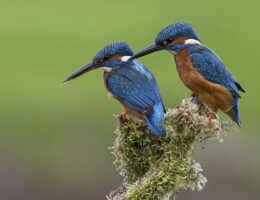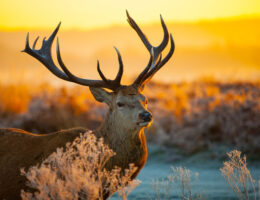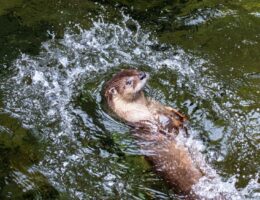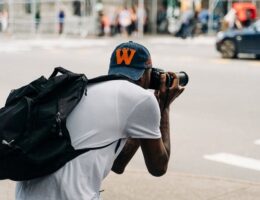IRAN ART EXHIBITION: COMPLETE GUIDE FOR EVERYONE WHO INTERESTED IN ASTROPHOTOGRAPHY
Just starting out in night sky photography? Our beginners guide to astrophotography covers everything from kit to shooting modes to locations and more.
The subject of astrophotography – taking photographs of the night sky – is such a broad one that it’s hard to know where to begin. We can help. Here, we’ve concentrated our knowledge into a beginner’s guide to astrophotography that will supply you with both basic techniques and creative ways to capture the night sky.
As a hobby, astrophotography requires investment of two types. The first is financial: you’ll need a camera, at least one lens, and a few accessories, as well as a warm coat for winter nights spent under the stars. To get you started, we have a guide to the best cameras for astrophotography, and a look at the best lenses for astro too.
The second investment is time and patience. This is something that’s hard to get right the first time, and will take many attempts, iterating on the same ideas, to finally provide an image that’s got some real ‘wow’ factor.
We’ll cover equipment in this guide, as well as planning your astro shoot and the camera settings you’ll need to effectively image the night sky, as well as tips on getting the most out of the images you capture including editing them in some of the best photo editing apps available.
The first bit of advice, though, is a simple one: have a go. Even if you don’t own a flashy camera, use what you have. Use a cellphone if necessary, you’ll be surprised what they’re capable of, particularly using the night modes on more recent models. You never know until you try.
CAMERA BODIES AND LENSES
If you’re using a DSLR or mirrorless camera, put it in Manual mode – that applies to both exposure and focus. We always recommend manual focusing when shooting astro, as most sensors – even in low light AF – simply won’t be able to focus on the night sky. Use the screen on the back of the camera (having one that flips out makes this easier) to focus carefully so that the stars appear as points and not circles. Stopping the lens at infinity isn’t enough, so zoom in if you can using the screen’s controls.
IRAN ART EXHIBITION: Full frame cameras generally perform the best in low light situations as they have a larger sensor and can have larger individual photosites that capture more light. However, as megapixel counts increase (and photosites therefore become smaller) this advantage is becoming slimmer, and modern crop-sensor cameras are very capable for astrophotography.; They are also a more affordable option than full frame cameras.
As a rough guide, it will set you back between $2000-3000 for a good full-frame mirrorless or DSLR with the ability to take sharp images at higher ISO settings. More on that later. Crop-sensor or APS-C cameras are usually $400 and up, and are more than capable of capturing the night sky.
A wide or super-wide angle ‘fast’ lens in the 12-35mm range is best suited to landscape photography and astrophotography. Wide-angle focal lengths allow you to capture a good portion of the night sky as well as some of the landscape for foreground interest. A ‘fast’ lens is one that has a large maximum aperture – in other words, a small f-stop number. A lens with a maximum aperture of f/2.8 or lower is considered to be a fast lens, and is excellent for astrophotography.
A lens like the Rokinon (Samyang) 14mm f/2.8 is a great lens to get started with, and is very affordable. If you’re ready to spend a little more, the Sigma f/1.4 14mm ART lens is superb. If you don’t have a fast lens just yet, you can still use the kit lens that came with your camera. Just make sure you operate at the maximum available aperture size (typically around f/4 on stock kit lenses).
A tripod is an essential accessory, as you won’t be able to hold the camera still enough by yourself for the long exposures involved in astrophotography, and resting it on a wall isn’t always possible. The tripod’s smoothly tilting head also allows you to position your camera perfectly to capture the bit of the sky you want.
ADDITIONAL EQUIPMENT FOR ASTRO
Remote Shutter Release (recommended)
A button on a cable that will allow you to trigger your shutter while minimizing the risk of introducing vibrations. If you don’t have a remote shutter release, use the timer delay on your camera to ensure there is no movement of the camera during an exposure. Some DSLRs have a mirror lockup function that prevents the movement of the mirror inside the camera body from inducing vibrations, but this isn’t necessary for mirrorless cameras.
Intervalometer (optional)
If you’re shooting star trails, and need to take sequences of shots, then an intervalometer is an essential accessory. However, this is quite an advanced form of astrophotography, so we wouldn’t necessarily suggest you head out to get one right away. When you feel you’re ready for star trails, we have a guide to the best intervalometers on site. Many modern cameras have them built in, so spend some time with your camera’s manual figuring out how it works.
Headlamp
Keep your hands free to operate your camera by using a headlamp at night and, if possible, use the red light mode (if it has one) to preserve your night vision. A headlamp is also helpful for ‘light painting’ objects in the foreground of your images. Alternatively, a flashlight with a bit of red plastic over the end can achieve the same thing.
IRAN ART EXHIBITION: Finally, if you’re going to be shooting in cold temperatures, it might be worth investing in some kind of lens heater. These can prevent condensation from creeping into your lens and ruining your shot.
PLANNING YOUR ASTRO SHOOT
Location
Light pollution is a serious problem facing astrophotographers. You’ll need to be in a dark sky area to be able to capture detailed images of the night sky, so head away from urban areas and street lights. Useful websites such as Dark Site Finder and Light Pollution Map will help you to find a suitable location to shoot, but if you want to get weather reports, and guidance on where to point your camera when you shoot, the best stargazing apps only cost a few dollars/pounds, and they’re extremely helpful when it comes to selecting your location and letting you know when the best time to shoot is.
Subject
The night sky changes constantly throughout the year, and knowing what you are likely to see and be able to photograph is a key component of astrophotography. There are excellent apps like Stellarium and Starwalk 2 which allow you to visualize how the night sky will look at any time and date for a specific location, but remember things like meteor showers are unpredictable, and the weather can easily close in and spoil everything.
ASTROPHOTOGRAPHY SETTINGS FOR YOUR CAMERA
There are no catch-all settings that will give you a perfect exposure for every situation. Unfortunately, photography just doesn’t work like that. However, there are a handful of basic rules you can follow to maximize your chances of nailing that astro shot.
Camera Shooting Mode
IRAN ART EXHIBITION: Put it in M, or Manual. You will need to set the shutter speed, aperture, and ISO manually.
Aperture
You want your aperture as wide as possible, in almost all situations, so set it to an f-number of f/4 or lower. We recommend f/2.8 or lower, but use the maximum your lens is capable of. Many DSLRs and mirrorless cameras use a wheel on the camera body to set the aperture, but manual lenses and some made for Sony mirrorless have an aperture ring on the lens itself. Lower F numbers always mean wider apertures and greater light-gathering ability.
Image File Type
Set your camera to record raw image files. Astrophotography can be broadly split into two separate areas – photography and post-processing. In order to process your newly acquired astro images back at home, you will need to shoot in raw so that you capture and retain as much data as possible. A raw file is a dump of the information from the camera’s sensor with no processing applied. Capturing JPEG images will give you smaller files, but the compression process throws away data you could use. If necessary, buy a larger memory card rather than shoot JPEG.
Shutter Speed
Unless you’re deliberately trying to create star trails, the aim of astrophotography is to capture as much light as possible while at the same time avoiding noticeable star movement in the image. The longer the focal length of your lens, the shorter the shutter speed will need to be in order to avoid star trails.
There’s a simple formula to calculate the correct shutter speed for any given lens, called the ‘500-rule’. In its simplest form, this is 500 divided by the focal length of your lens. For example, if you are using a 20mm lens, this would be 500 / 20mm = 25 seconds. This, however, only applies to full frame cameras. For a crop sensor camera, the crop factor needs to be taken into account, so in this instance I would recommend using a base value of 300 for APS-C type cameras, and 250 for Micro Four Thirds.
IRAN ART EXHIBITION: Start with an exposure of 20 seconds, which is about the longest you can leave the shutter open before stars begin to trail, and see how that looks. You can adjust as needed.
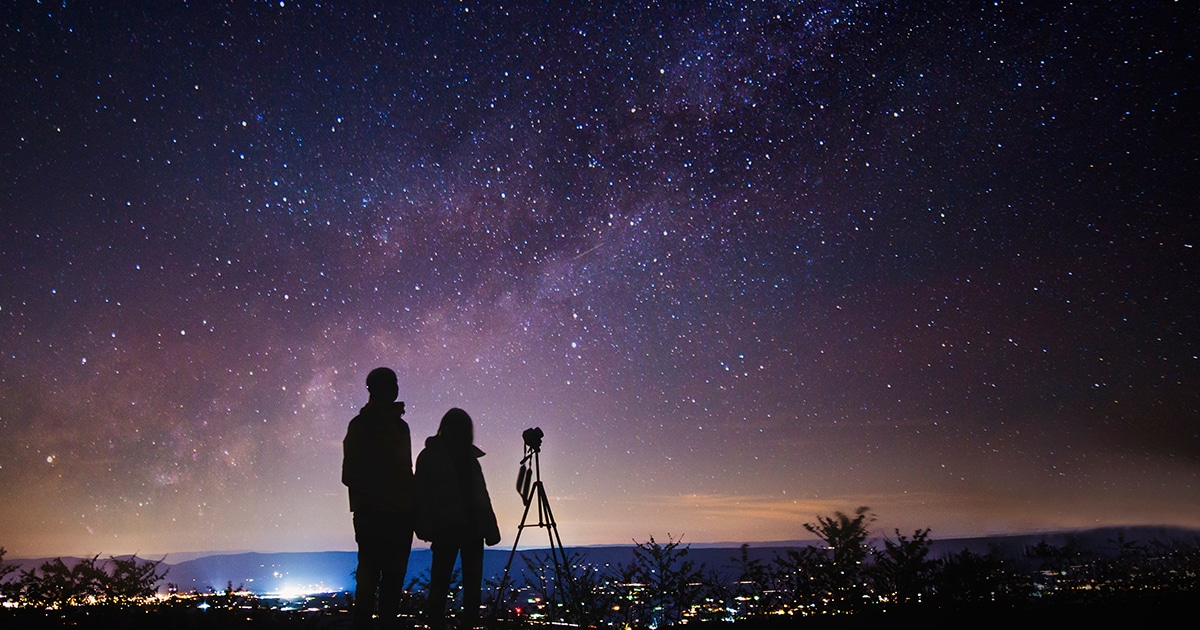
ISO
The higher the ISO, the more the light signal captured by your camera’s sensor is amplified. You will need to shoot at a high ISO for astrophotography, but there’s a trade-off. The higher the ISO, the more noise (a type of digital degradation) you will begin to see in the image, and every camera increases noise in a different way. Some slowly ramp it up, others make a big jump after a particular setting. ISO 3200 is a good starting point, though you may need to adjust down to ISO 1600 if there is a lot of ambient light or light pollution or you start to see more noise than stars. Very dark skies may require you to boost the ISO to 6400, but I wouldn’t recommend going higher than this.
Focusing in the dark
First, set your camera to manual focus – autofocus will not work in the dark. Then use the ‘Live View’ feature of your camera to display an image preview on the camera’s LCD screen. Identify a bright star or really distant light source like a streetlight on the LCD display and digitally zoom in to that point of light. Once you have done this, adjust the focus ring until the star or distant light source becomes as small as possible. Your focus is set!
IRAN ART EXHIBITION: Now all you have to do is to compose the frame, take the shot and wait for the image to pop up on the LCD display – there may be some time between the shutter closing and the image appearing, as the camera writes the file to the memory card. If your foreground is looking dark, try light ‘painting’ your subject with a flashlight or your smartphone light during the exposure to help brighten the scene. You may need to adjust the ISO or aperture slightly to find what works best for your location, but you are now firmly on your way to capturing your own images of the beautiful night sky.
TIPS AND ADVICE
Foreground
If you’re trying to balance light between the foreground and the night sky, we suggest you take multiple exposures and merge the images when you edit, as they will require different settings to get the best of each. You may even find that getting your foreground shots an hour or so earlier, during blue hour, will help as there is more light to work with for your foreground objects. This isn’t always possible, though.
Reflections
If you’re shooting the night sky near a lake, and the weather is still, there’s a great opportunity to reflect the stars in the water. There are several ways to do this, depending on the conditions. We prefer to do the hard work in the shoot, so would suggest changing your focal point to the water and taking an exposure, then setting your focus back to the night sky and taking the exact same shot. You can merge them later in edit. You may find you need to balance your shutter speed a little here, depending on the conditions – a 20 second exposure will capture the reflection of the stars, but you may pick up movement on the water that reduces the clarity. You could try shorter exposures for your reflection shot, but may have to work harder to bring out the stars in edit. Something like Lightroom’s linear gradient edits are perfect for bringing out the clarity and sharpness of reflections, so give that a go.
White balance
IRAN ART EXHIBITION: While we’d usually recommend setting your white balance to a slightly cooler temperature for astro shots, you can experiment with either the manual WB settings, or the presets, to create interesting tints and variations to your shots. If you’re getting a little light pollution, adjusting the white balance can actually make it look like a feature of the photo (we recommend cooling it right down and seeing the effect that has), although you’d need a gradient filter to reduce noise if you’re closer to an urban area.
